No matter how you invest your money, you’re always at risk of losing some or all of it. Before you choose investments, you should learn how the different types of investment risk can impact your returns on investment.
Investment risks can be divided into systematic and unsystematic categories. Systematic risk is that which is inherent to the market or market segment at large, and can affect a wide number of assets. Examples of systematic risk include wars, inflation, recessions, and interest rate changes. Unsystematic risk affects only a very small number of assets, and is usually related to the uncertainty inherent in an industry or company investment.
In addition to the wide categorization of systematic and unsystematic risk, there are 10 specific types of investment risks:
1. Liquidity Risk
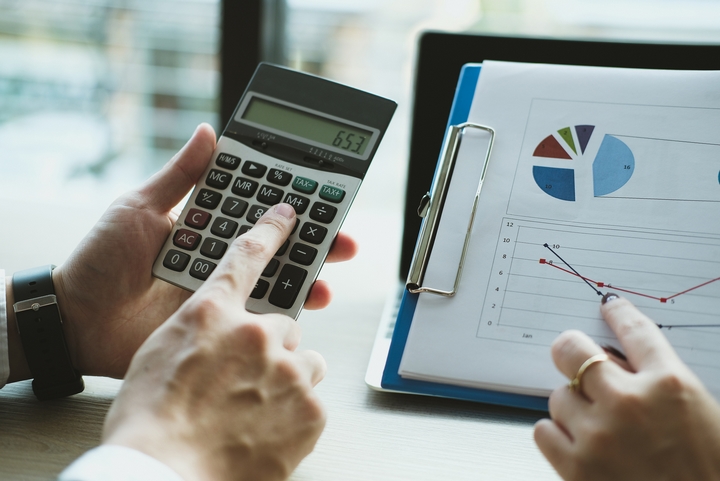
Liquidity risk is the type of investment risk when you are unable to sell your investment when you want to, at a fair price. You might need to sell your investment at a loss, or you might even find it impossible to sell the investment at all.
2. Market Risk
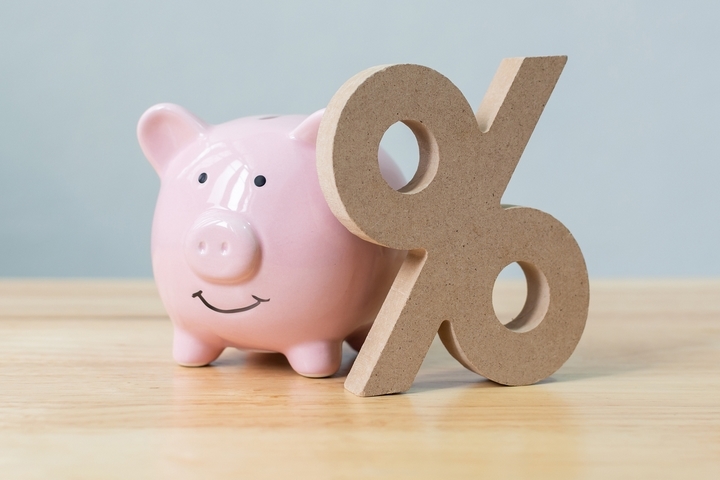
Market risk is when your investments decline in value due to events that affect the entire market. There are three types of market risk: interest rate risk, equity risk, and currency risk.
- Interest Rate Risk – applies to debt investments like bonds. Changes in the interest rate will affect the market value of bonds.
- Equity Risk – applies to an investment in shares. Demand and supply affect the value of shares, and equity risk happen when the market price of shares drops.
- Currency Risk – when you own foreign investments and the exchange rate moves, making the Canadian Dollar less valuable compared to other currencies, you may lose money when your stocks are worth less in that currency.
3. Concentration Risk
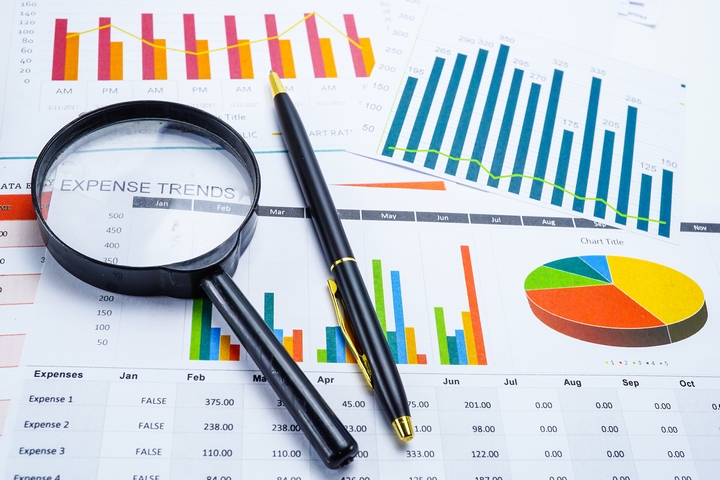
This type of investment risk happens when you have all or most of your money invested in one thing, or in one type of investment. Diversification allows you to spread your risk over many different types of investments, geographic locations, and industries. Ideally, you should split your investments physically and digitally. For example, you may want to allocate some funds to the best crypto exchange Canada to diversify your investments.
4. Foreign Investment Risk

Foreign investment risk happens when you invest in foreign countries. Different risks exist in emerging markets that you don’t see in Canada, like the risk of nationalization.
5. Horizon Risk

Unforeseen events, like the loss of a job, are things that can shorten your investment horizon. Being forced to sell investments that you had planned to hold for a long time may cause you to lose money if you have to sell them when the markets are down.
6. Longevity Risk
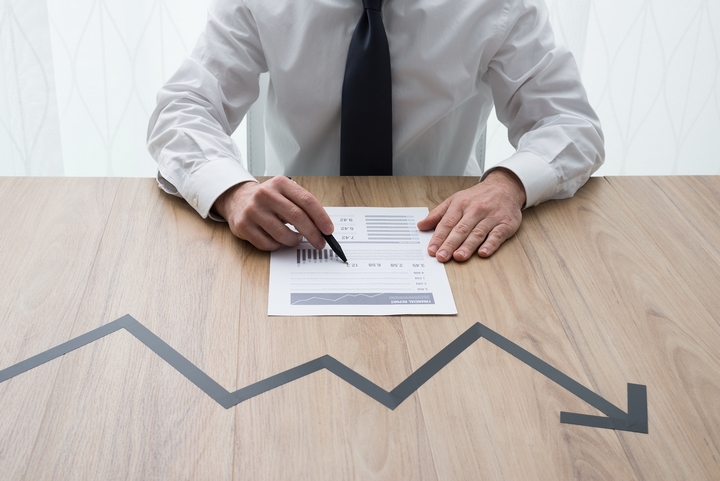
Longevity risk is the chance of you outliving your savings, which is relevant for people who are close to retirement or who are already retired. This is also called outliving your savings, and the chances of it happening are growing; most people only plan to live until 85 but the reality is that both men and women are living that long, and older.
7. Reinvestment Risk

Reinvestment risk is the risk of loss from when you reinvest income or principal at a lower interest rate. For example, you buy a bond paying five percent. If interest rates drop and you have to reinvest the regular interest payments at only four percent, you will face reinvestment risk. Another scenario this could happen is if the bond matures and you have to reinvest the principal at less than the original five percent.
8. Inflation Risk
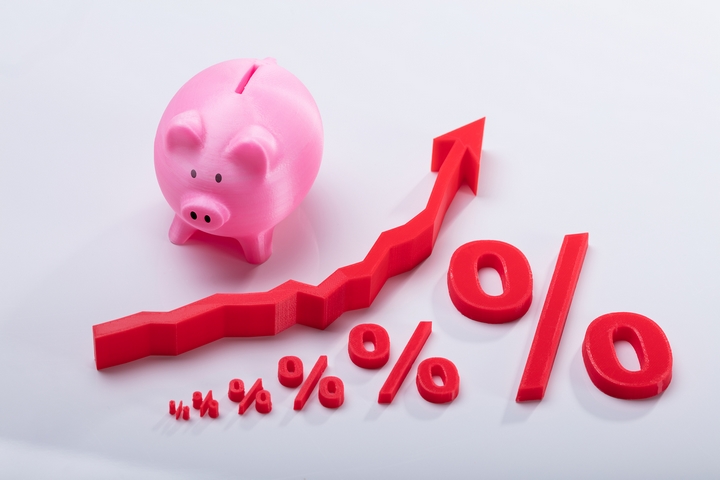
When the value of your investments doesn’t keep up with inflation, you face the risk of a loss in your purchasing power, called inflation risk. Inflation means the purchasing power of money is eroded over time. This is especially relevant if you own debt or cash investments. Share prices should rise in line with inflation but bonds do not carry with them this protection. Another way to protect yourself against inflation risk is by investing in real estate since as a landlord, you can raise rent amounts over time to cover inflation.
9. Credit Risk
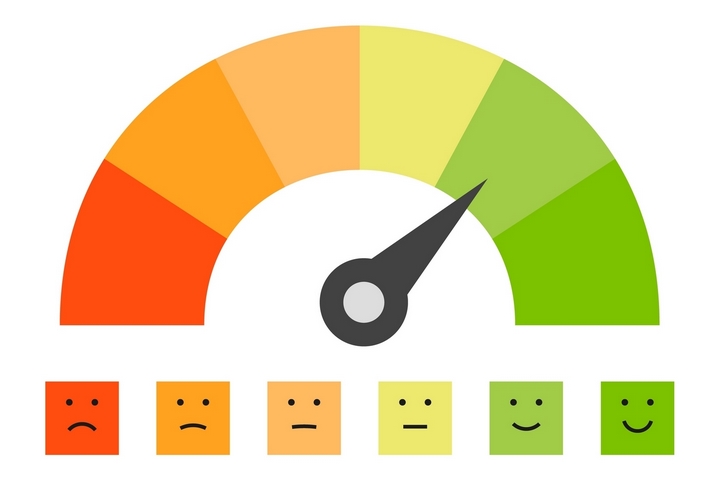
Sometimes, the entity or company that issued a bond will experience financial difficulties and won’t be able to pay the interest, or repay your principal at maturity. This type of risk applies to debt investments like bonds. You can determine your risk by looking at the credit rating of the bond. An “AAA” credit rating, which you will find on a long-term Canadian government bond, is ideal since it has the lowest possible credit risk.
Having said that, they have the lowest returns. Corporate bonds have the highest amount of default risk, but also offer higher interest rates.
10. Political Risk
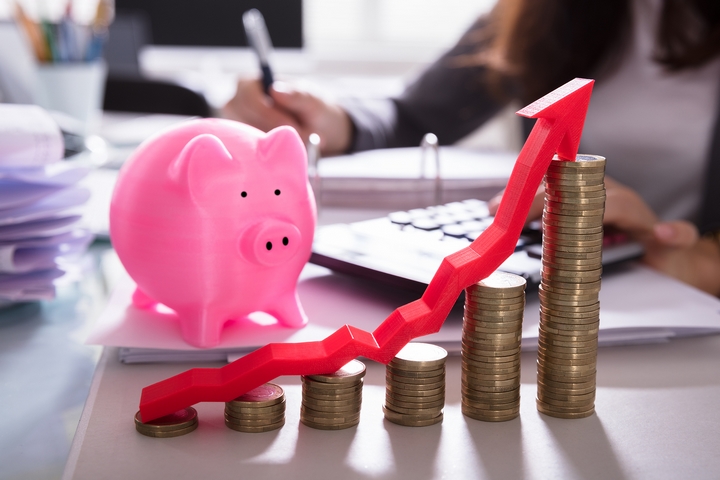
Also called geopolitical risk, this is the risk that your returns could suffer due to changes in a country or other political instability. This can come from a change in military control, government, foreign policy makers, or legislative bodies. As the time horizon of your investment gets longer, your risk becomes more of a factor.

